(This material is copied directly from The Phylogeny of Play)
Reptiles use ambush hunting, which requires just three steps: 1) wait for prey to come too close; 2) pounce; 3) grapple and kill.
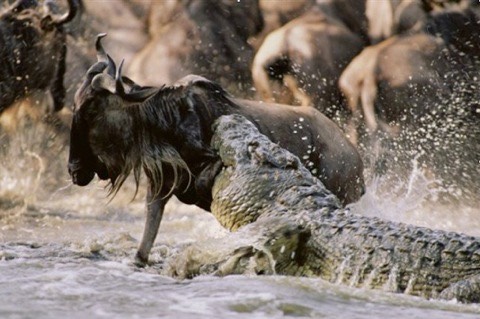
Mammals developed a more complex hunting system comprising five steps. The first is prowling (actively but secretively seeking prey):
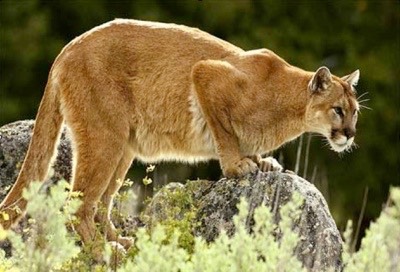
The second step is stalking: approaching the prey covertly. This requires a special skill: the ability to put yourself in the place of the prey and calculate what they would see from their position. This permits the hunter to approach more closely without being seen.
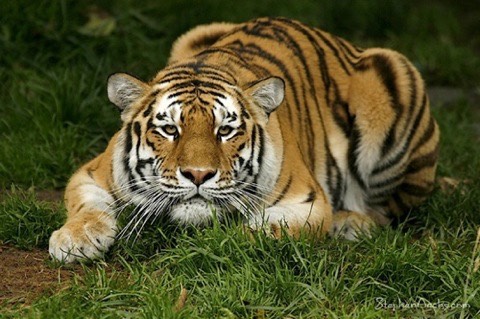
The third step is the pounce, which also requires a lot of skill to get the greatest acceleration possible to "get the jump" on the prey.

The fourth step -- assuming that the hunter doesn’t get lucky and catch the prey with the pounce -- is the chase. Mammalian chases are particularly complex, because the prey knows how to zigzag, which, if the timing is right, will throw the hunter off stride. Of course, the hunter must also anticipate the zigs and zags and compensate for them.
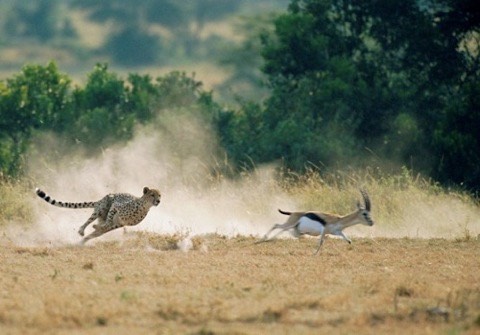
The fifth step is grappling with and killing the prey. This again requires special skills, because most prey have some sort of defensive behaviors: horns that can impale, kicks that can injure, and general thrashing about that, if lucky, can injure an eye. Remember, the eye is the most vulnerable part of the body, and it is only centimeters away from the teeth, which must be brought to bear if the hunter is to kill the prey. How do you get your teeth in for the kill without exposing your eyes to injury? Very carefully.
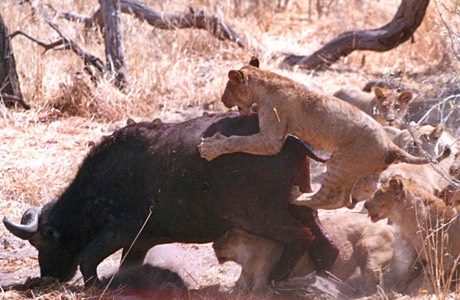
How do carnivores learn these skills? The five basic steps are instinctive, but the details of execution are learned by extensive playing. Mammalian carnivores devote most of their early lives to play; it is essential to their survival once they’re on their own. You can readily see this behavior in domestic cats:
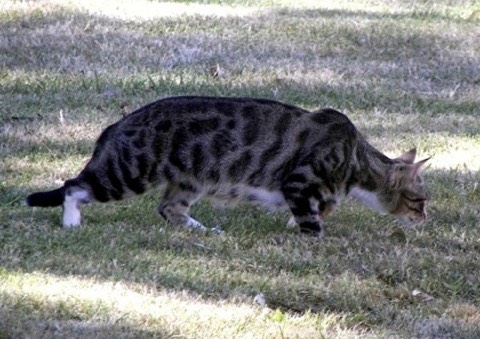
Prowling
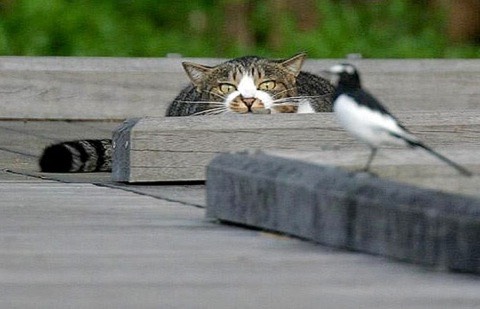
Stalking
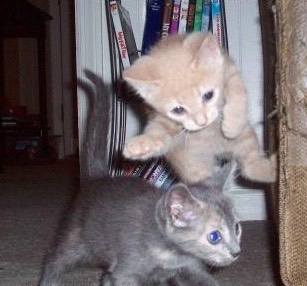
Pouncing
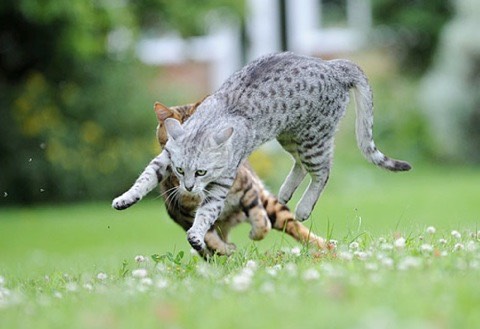
Chasing
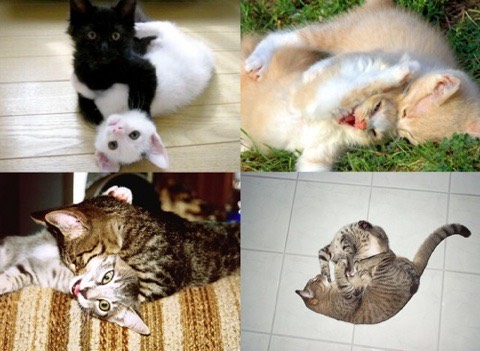
Grappling
It’s more difficult to see these play behaviors in the wild, but all mammalian carnivores do play:
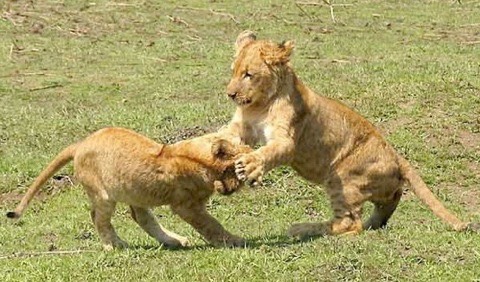
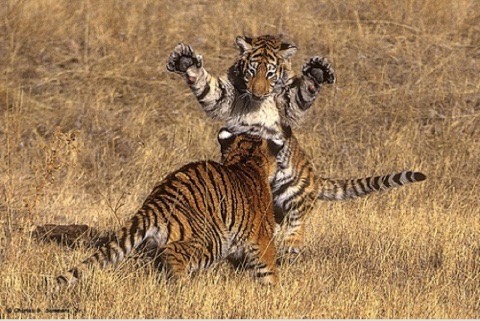
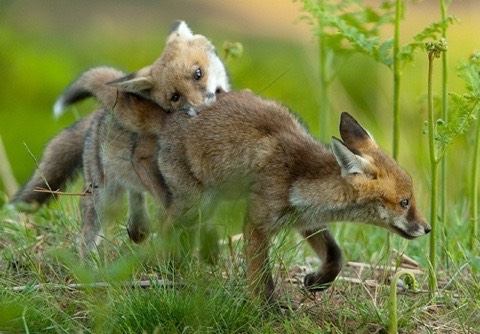
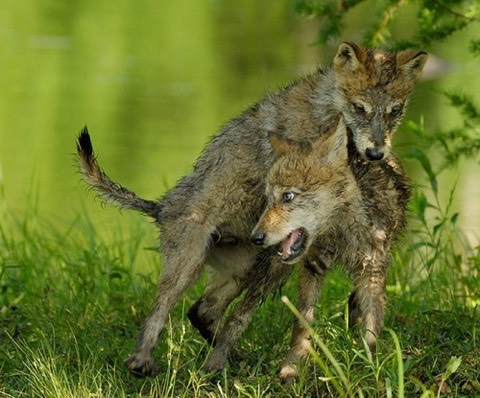
Play is also valuable to herd herbivores; they need to learn how to evade pursuit by carnivores. Therefore, they play at running, turning, and jumping; we call this play gamboling:

Onward! Here Come the Primates!
